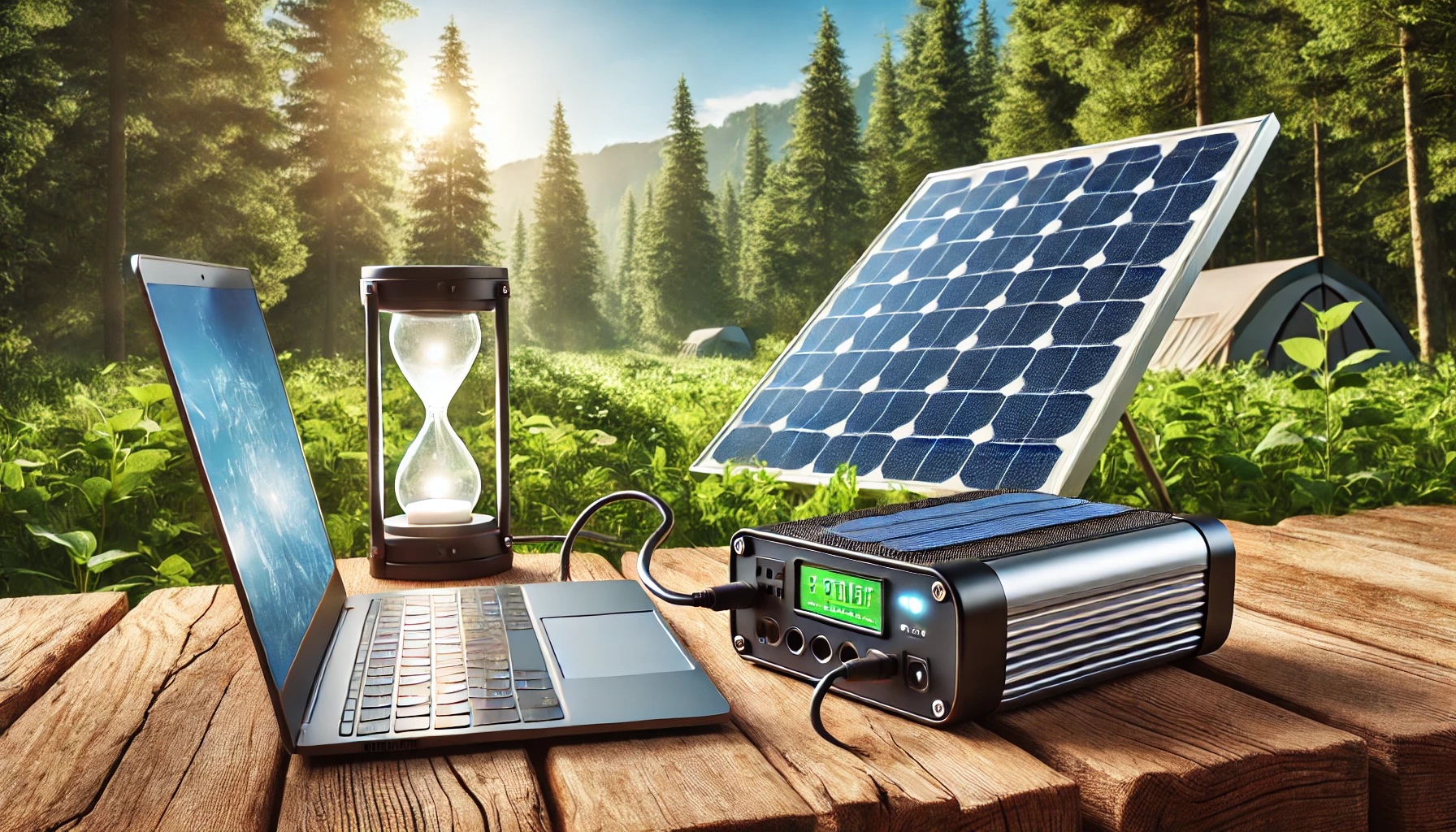





+86-13828714933

rome_jia@yabopower.com
How Do Portable Power Stations Make Electricity
来源:
|
作者:Valarie
|
发布时间 :2024-12-04
|
24 次浏览:
|
Share:
Portable power stations are revolutionizing the way people access energy, offering a reliable and eco-friendly alternative for outdoor enthusiasts, mobile workers, and emergency responders. These devices are essentially compact battery systems that store energy and release it when needed. But how do they generate electricity, and what makes them so efficient and versatile? Let’s explore the technology behind portable power stations and their increasing importance in modern energy solutions.
How Do Portable Power Stations Make Electricity?
Portable power stations are revolutionizing the way people access energy, offering a reliable and eco-friendly alternative for outdoor enthusiasts, mobile workers, and emergency responders. These devices are essentially compact battery systems that store energy and release it when needed. But how do they generate electricity, and what makes them so efficient and versatile? Let’s explore the technology behind portable power stations and their increasing importance in modern energy solutions.
· The Core Technology: Lithium Ion and LiFePO4 Batteries
Portable power stations typically rely on advanced battery technologies such as lithium ion or Lithium Iron Phosphate batteries (LiFePO4 batteries). These batteries store electrical energy generated from various sources, including solar panels, wall outlets, or car chargers. Lithium ion batteries are lightweight and provide high energy density, making them perfect for compact designs. Meanwhile, LiFePO4 batteries, known for their longer lifespan and enhanced safety, are becoming a preferred choice for durable portable power stations.

· How They Work
At the heart of a portable power station lies a sophisticated battery management system (BMS). The process begins with energy input, which can come from:
· Solar Panels: Portable power stations often feature integrated solar inverters, allowing users to convert solar energy into electricity during the day. This makes them ideal for camping or off-grid activities.
· AC Wall Outlets: When plugged into a traditional wall outlet, the station charges quickly, storing energy for later use.
· Car Chargers: Portable power stations can be charged on the go, ensuring energy availability during long road trips.
Once charged, these power stations release stored energy through output ports, such as AC outlets, USB ports, and DC outputs. This versatility allows them to power anything from smartphones and laptops to household appliances and medical devices.
· AC Wall Outlets: When plugged into a traditional wall outlet, the station charges quickly, storing energy for later use.
· Car Chargers: Portable power stations can be charged on the go, ensuring energy availability during long road trips.
Once charged, these power stations release stored energy through output ports, such as AC outlets, USB ports, and DC outputs. This versatility allows them to power anything from smartphones and laptops to household appliances and medical devices.
· Eco-Friendly and Sustainable Energy Solutions
One of the key benefits of portable power stations is their environmental impact. By pairing these devices with renewable energy sources like solar panels, users can significantly reduce their carbon footprint. What's more, the use of LiFePO4 batteries enhances safety and reliability, ensuring a sustainable energy solution for years to come
· Applications and Benefits
Portable power stations are finding applications in numerous fields, including:
· Outdoor Adventures: Providing power for lighting, cooking, and communication during camping or hiking trips.
· Emergency Backup: Offering a dependable energy source during power outages.
· Mobile Workspaces: Powering tools, laptops, and cameras for remote workers and photographers.
· Home Energy Storage: Acting as an auxiliary system for homes equipped with solar panels.
Their portability, ease of use, and clean energy output make them an indispensable tool in today's world.
· Emergency Backup: Offering a dependable energy source during power outages.
· Mobile Workspaces: Powering tools, laptops, and cameras for remote workers and photographers.
· Home Energy Storage: Acting as an auxiliary system for homes equipped with solar panels.
Their portability, ease of use, and clean energy output make them an indispensable tool in today's world.
· Conclusion
As demand for sustainable and efficient energy solutions grows, portable power stations are becoming a cornerstone of modern energy technology. Powered by innovative batteries like LiFePO4 batteries, these devices combine convenience with eco-friendliness, ensuring energy access anytime and anywhere. Whether you're an outdoor enthusiast, a professional on the move, or someone preparing for emergencies, a portable power station is a game-changer in managing electricity needs.
---author:Valarie

Shenzhen Yabo Power Technology Co., Ltd.
Quick Links
Product Categories
Contact us
rome_jia@yabopower.com
+86-13828714933
No.252 Pinglong East Road, Fenghuang Community, Pinghu Street, Longgang District, Shenzhen
© 2024 Shenzhen Yabo Power Technology Co., Ltd. All Rights Reserved. Designed by Erge







